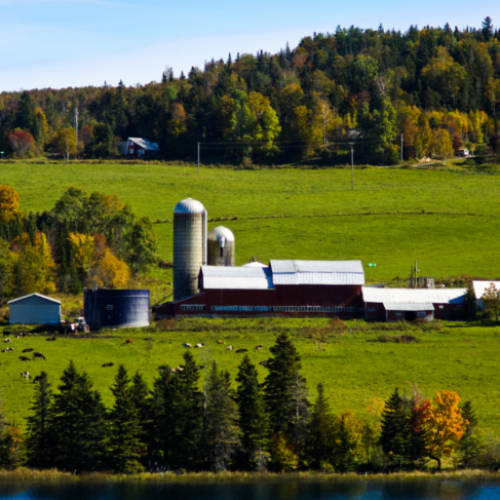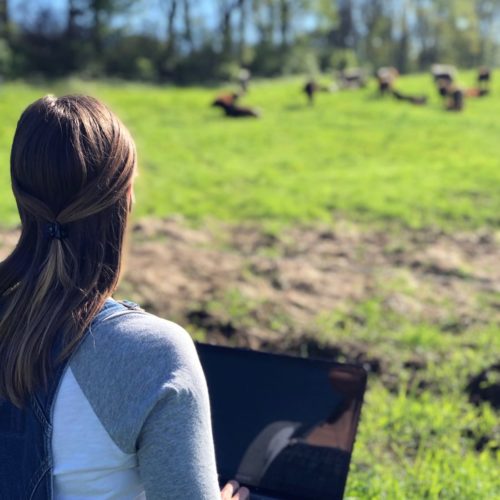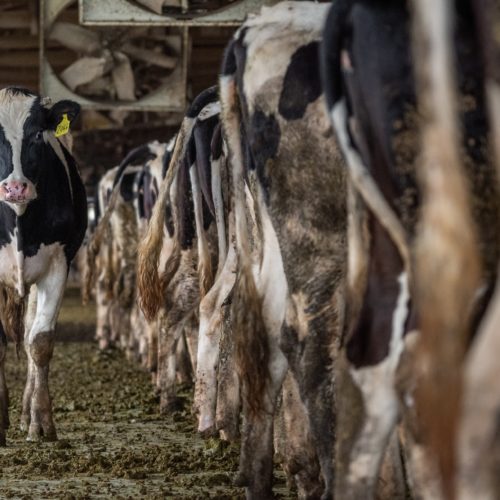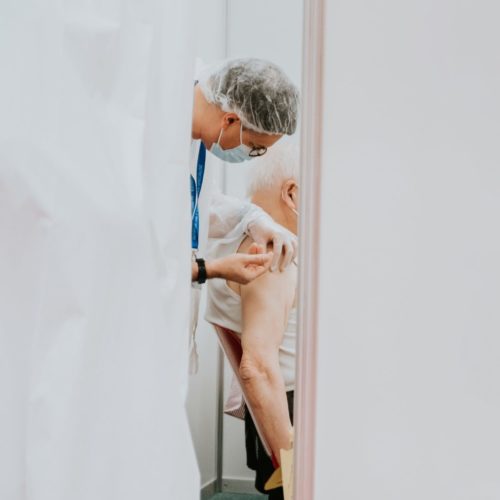COVID-19: impact on rural America
Summary
COVID-19 has brought about national and global challenges to gather enough medical staff, sanitation products and medical supplies to combat and treat the growing pandemic. While the number of cases has skyrocketed in larger cities, predictions show that rural America will likely have a delayed increase in the outbreak.
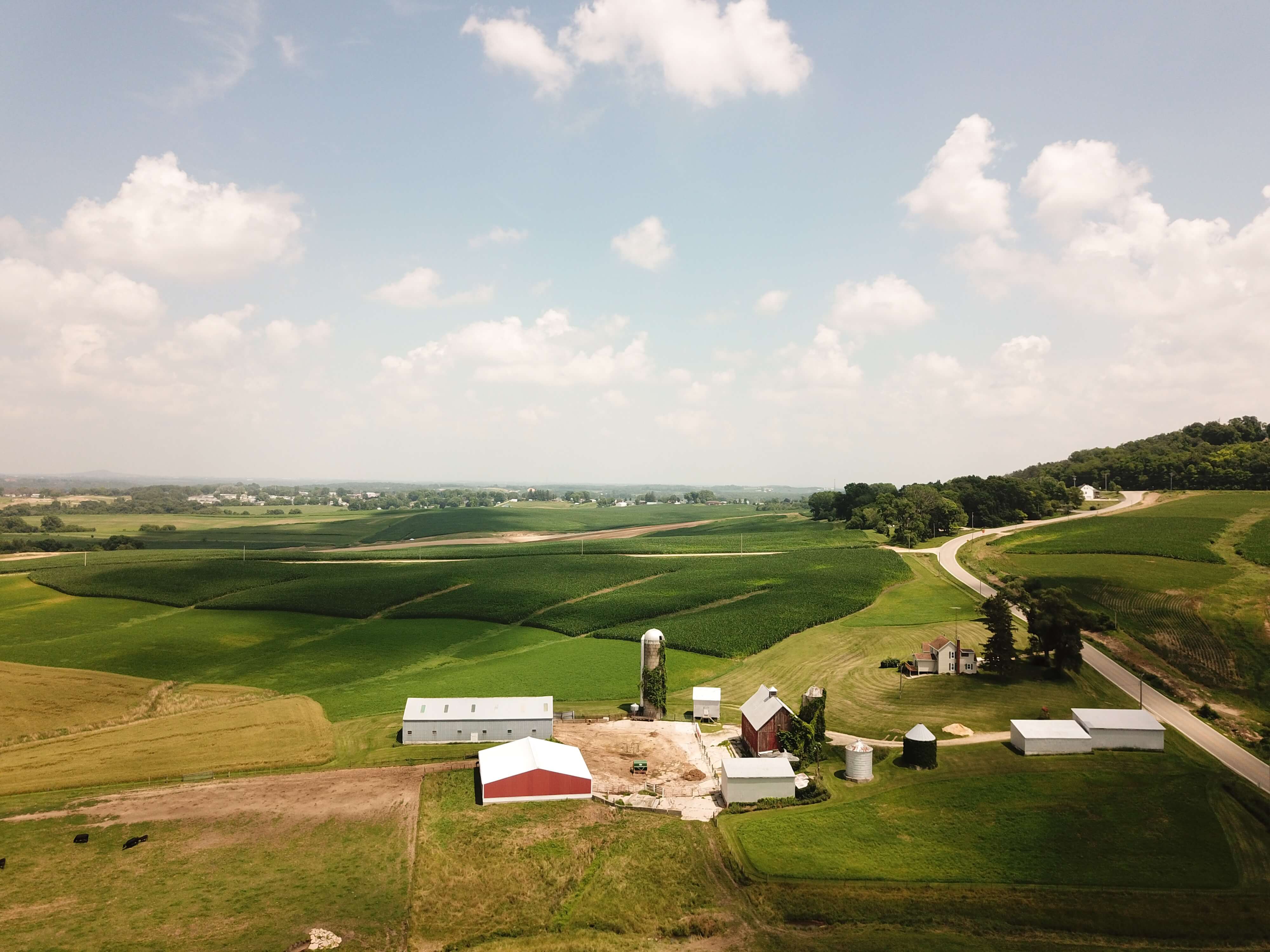
Photo by John Reed on Unsplash
A study by Pew found that a “slower pace of the outbreak in rural areas may be breeding complacency.” The minimal outbreak in rural areas fuels rumors that the illness is not that serious, resulting in some people carrying on with normal routines instead of practicing social distancing. When the numbers begin to spike in rural areas, the problems will likely look a bit different than the obstacles the larger metropolitan areas have faced. Rural America problems will include:
- Larger numbers of uninsured individuals and families
- Less access to healthcare and hospitals
- Greater at-risk population to COVID-19
- Poor connectivity
- Delayed economic hit
The Uninsured
According to the Census Bureau, rural areas also tend to have higher numbers of people uninsured compared to more urban regions. The study found that approximately 12.3 percent of people in completely rural counties lacked health insurance compared with 11.3 percent for mostly rural counties and 10.1 percent for mostly urban counties. With no guarantee that COVID-19 treatment or testing would be free to everyone, individuals without insurance are less likely to begin seeking treatment until symptoms have worsened.
Lack of Access to Healthcare
Over the last decade, approximately 120 hospitals were shut down in rural areas, particularly in what is considered the southern region of the United States. The top eight states with the highest numbers of closures also chose not to expand Medicaid. With one in five Americans living in rural areas relying on local hospitals, quite a lot of people are impacted with even one hospital closure. Rural hospitals can be as small as 25 beds and a handful of ICU rooms, creating a devastating scenario faced with a COVID-19 outbreak. Distance from a hospital could mean the difference of a 30-minute drive to help, as opposed to a five-minute trip to the local hospital. A study by The Chartis Group found that 453 more rural hospitals were in danger of closure at performance levels similar to the ones previously closed.
At-Risk Population
The CDC has placed all people above 65 in the at-risk population for COVID-19. The average age of rural Americans is 73.3 years old, making the rural areas a fertile ground for contagion spread. Age also plays a role in telemedicine, which has been the go-to in treating people from home. Some retirees have likely not interacted with ever-changing technology in quite some time making it difficult to rely on virtual health practices.
As COVID-19 has progressed, doctors are finding that individuals with pre-existing conditions are at a much greater risk. People living in rural areas also tend to have an increased likelihood of having or developing heart disease, high blood pressure, high cholesterol and diabetes landing them in the at-risk category if exposed to the virus.
Connectivity
Connectivity presents major challenges as broadband does not reach to some rural areas, or if it does, it likely provides minimal service. This limits access to telemedicine or to news outside of local channels. Rural residents are likely to rely on local newspapers to receive information, which tends to have outdated information by the time the residents read it. Lack of stable broadband connection can become troublesome to adults attempting to work remote, and even students who are relying on virtual learning with the closure of schools.
The Economic Hit
Aside from the health crisis, the fear of a crashing economy also looms over people worldwide. While rural America is predicted to have a delayed hit, similar to the 2008 recession, some areas have yet to completely recover from the recession. With those existing setbacks, the concern is what a long-term economic fallout from COVID-19 would look like for rural areas.
International trade is another major concern as COVID-19 has slowed trade with foreign markets in attempts to not further spread the contagion. Rural areas dependent on oil and agriculture markets are beginning to feel that impact.
Most farming is now done by machines, which would face little direct impact by COVID-19 exposure. However, the processing plants, particularly for the meat industries, are comprised of many workers in close proximity. So, an outbreak in a plant would be particularly damaging to the agriculture industries.
As stricter social distancing guidelines are mandated throughout the country, rural Americans will take a particularly greater hit as many do not have jobs that can easily transitioned, if at all, to remote work settings.
Above all, the Strength in Rural Communities
Yet, even with all of the looming challenges, rural America is largely known for its social cohesiveness. While every individual case of COVID-19 will likely be a hard hit to the entire community, it also means that neighbors will be looking out for one another during a time that compassion is so crucial to survival.
Jessica Kirby, The Council of State Governments D.C. Office

